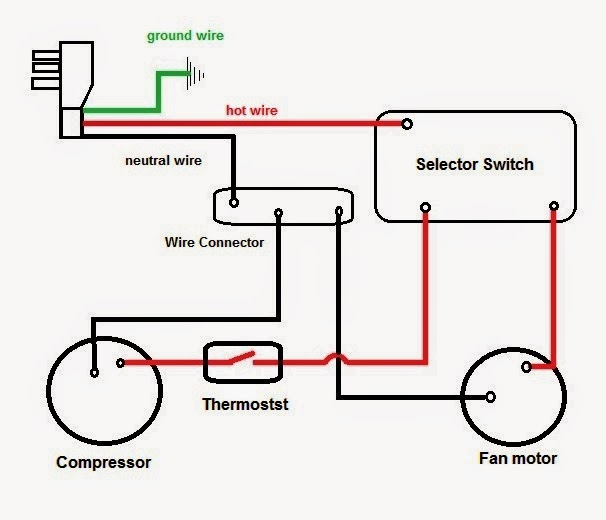
Understanding and effectively resolving electrical difficulties requires recognizing a fundamental electrical system. There are a handful of fundamental parts that make up the bulk of any electrical system. The first is access to electricity, which can come from a generator or the local power system.
The next part of a power system is the distribution panel, which is responsible for sending electricity to the various circuits in a building. For the more important information about the AC wiring and other problems like aircon not cooling, visit https://www.socool.sg/why-is-your-aircon-not-cold/
Electrical power sources, switches, and light fixtures are all linked to these circuits. The presence of these parts, as well as the condition of the wiring, the electrical boxes, and the switches and outlets, can be visually inspected to determine the existence of a basic electrical system. Knowing these basics sets the stage for competent and secure electrical use. To identify briefly the basic electrical wiring of AC, visit https://www.socool.sg/
1.The Power Source
A simple electrical setup cannot function without the power supply, which is an essential component. It supplies the power that is required for electrical equipment and appliances to function properly. Both the electrical grid, which receives power from a centralized power station, & generators, however, can produce electricity on the location where it is needed, are examples of common types of power sources.
Typically, the power source will be connected with the main control panel, which is the location where the electrical power will be transferred to the various circuits located throughout the structure.
2. The Distribution Panel
The distribution panel serves as the nerve center of the entire electrical network. It is responsible for obtaining electrical energy from the power sources and distributing that power to a number of different circuits using either fuses or circuit breakers.
By assisting in the avoidance of overloading and short-circuiting circuits, these protective devices contribute to the preservation of the integrity of the electrical network. In most homes, the utility room as well as basement is where one will find the distribution panel. This panel will have many breakers or fuses, each of which will be accountable for a separate circuit.
3. Circuits
Within a structure, electricity travels along circuits. Light switches, electrical outlets, and appliance plugs are all examples of things that normally have their own assigned uses. The distribution panel is where all the wires for the various circuits come together.
Copper or aluminum conductors are encased in insulation to avoid electrical shocks in the wiring. Circuits need to be properly labelled so that their function can be determined and repairs can be made more easily.
4. Outlets, switches and lightening features.
A fundamental electrical system must have outlets, switches, & lighting fixtures, all of which are considered to be vital components. The ability to connect various electrical appliances and devices to the circuits is made possible by outlets. Standard outlets, outlets equipped with ground-fault circuit interrupters (GFCI) for increased safety in areas close to water sources, and outlets designed specifically for a given use are all examples.
Lights and other electrical equipment can be turned on and off by using switches because switches regulate the flow of power to the gadgets. Lamps, bulbs, and other types of lighting fixtures are what give illumination in a variety of settings.
5. Wiring
It refers to the system of wires used to distribute current throughout a structure’s electrical infrastructure. The wiring links the power plant to the electrical panel and on to individual circuits, outlets, switches, & light fittings.
For safety and aesthetic reasons, wiring is often hidden within walls, ceilings, even conduits. ,nonmetallic sheathed cable armored cable (AC), and conduit wiring are just a few examples of the many types of electrical wiring that can be utilized based on the application and the applicable electrical rules.
6. Grounding and bounding
To ensure the safety of an electrical system, grounding and bonding must be properly implemented. In the case of an electrical malfunction or surge, grounding ensures that any excess current can safely drain into the ground. It’s an effective means of warding off electrical shocks and preserving machinery.
In order to reduce the possibility of electrical potential mismatches & electrical risks, connecting ensures that all conducting elements, which include metal pipes and appliances, are connected to one another. Electrodes, conductors, & bonding jumpers are the usual tools for grounding and bonding.
7. Safety measures
Essential to even the most fundamental electrical system are safety features like circuit breakers and regulations governing their installation and use. Overload and short circuit protection is achieved by installing circuit breakers or fuses, which cut power to the circuit when they detect an unsafe condition.
The danger of electrical risks can be reduced if installations are carried out in accordance with applicable electrical codes. If you want to make sure your home’s basic electrical system is running well, you need to have it checked, maintained, and follow all applicable safety measures.
